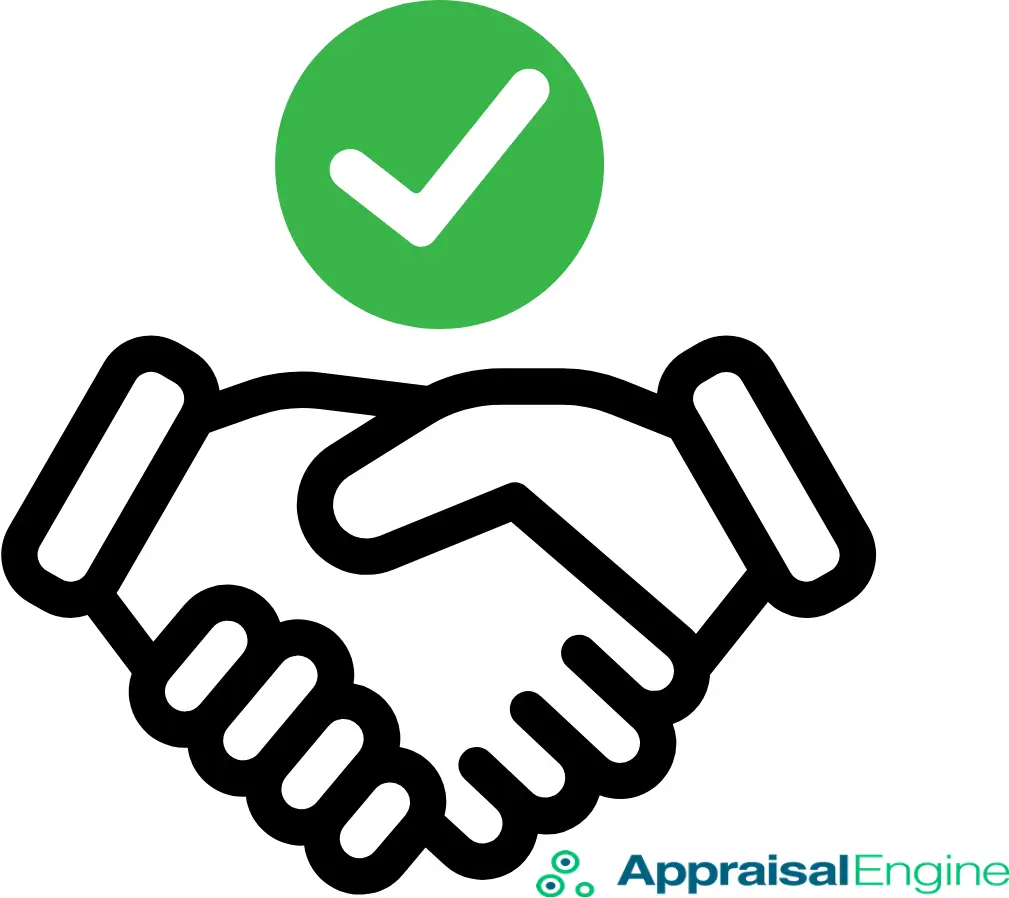After an accident, the battle isn’t always just repairing your car—it’s about reclaiming its value too. Your vehicle, no matter how perfectly repaired, suffers a loss in worth due to its accident history. This loss, known as diminished value (DV), is often overlooked by insurance companies.
However, if you know how to negotiate, you can ensure fair compensation. In this guide, we’ll show you how to prepare, document, and advocate for a successful diminished value settlement.
DOWNLOAD: “Negotiating Insurance Settlements for Diminished Value”.PDF
What Is Diminished Value?
Diminished value refers to the reduction in a vehicle’s resale value after an accident, even if it’s been fully repaired. Potential buyers and dealers often view an accident history as a red flag, leading to lower offers. There are three main types of diminished value:
- Inherent Diminished Value: The loss in value solely due to the car’s accident history.
- Repair-Related Diminished Value: Loss caused by poor repair quality or incomplete fixes.
- Immediate Diminished Value: The value lost right after an accident, before any repairs are made.
For this article, we’ll focus on inherent and repair-related diminished value, as they are critical in insurance settlements.
Steps to Negotiate Diminished Value with Confidence
1. Know Your Rights
Before engaging with your insurer, understand your state’s laws on diminished value claims. Some states, like Georgia, explicitly allow these claims, while others may have restrictions. Research how diminished value is handled in your area or consult a professional to ensure your claim is valid.
2. Gather Strong Evidence
Insurance companies rarely volunteer to pay diminished value claims—they need convincing evidence. Here’s how to build a solid case:
- Get an Independent Appraisal: A professional appraisal is your strongest weapon. Appraisers provide a detailed evaluation of your vehicle’s pre-accident and post-repair value.
- Use a Diminished Value Calculator: Tools like the Diminished Value Carolina Calculator can give you an estimate of the value lost.
- Document Everything: Collect repair receipts, photos of the damage, and the accident report. These documents help substantiate your claim.
3. Initiate the Claim with Your Insurer
Once you’ve gathered your evidence, contact your insurance company to initiate the diminished value claim. Be prepared to:
- Explain Your Case Clearly: Provide a concise explanation of why you’re entitled to diminished value compensation.
- Submit Supporting Documentation: Include your appraisal, receipts, and any calculations you’ve made.
- Expect Pushback: Insurers may initially undervalue your claim or argue that repairs restored the car’s value. Persistence is key.
4. Be Strategic in Negotiations
Negotiating with insurance companies requires patience and strategy. Follow these tips to stay ahead:
- Know Your Target Amount: Use your appraisal or calculator estimate to set a realistic settlement figure.
- Counter Lowball Offers: Insurance companies often start with low offers. Politely counter with evidence that justifies a higher payout.
- Leverage Market Trends: Mention how the resale market views accident-damaged vehicles, especially for high-demand models like SUVs or luxury cars.
5. Seek Mediation or Legal Help if Needed
If negotiations stall, consider these options:
- Mediation: Engage a neutral third party to facilitate discussions with the insurer.
- Hire an Attorney: If the insurer refuses to budge, a legal professional can provide added pressure and expertise. Many attorneys specialize in diminished value claims and work on contingency.

Common Pitfalls to Avoid
- Accepting the First Offer: Insurers often offer less than your claim is worth. Don’t settle immediately.
- Skipping Professional Help: An independent appraisal can strengthen your case significantly.
- Ignoring Deadlines: Many states have time limits for filing diminished value claims. Act promptly.
Conclusion
Negotiating an insurance settlement for diminished value doesn’t have to be overwhelming. By understanding your rights, gathering strong evidence, and approaching negotiations professionally, you can advocate for a fair outcome. To strengthen your case, consider using tools like this Sample Diminished Value Demand Letter to structure your arguments effectively.
Are you ready to take control of your diminished value claim and secure the settlement you deserve?
Frequently Asked Questions
Diminished value is calculated using your vehicle’s pre-accident value, the extent of the damage, and market factors. Tools like diminished value calculators or professional appraisals provide accurate estimates.
Yes, if the other driver was at fault, their insurance should compensate for your diminished value. In no-fault states, you may still negotiate with your own insurer if your policy covers diminished value.
If your claim is denied, request a written explanation. You can appeal the decision, seek mediation, or consult an attorney to challenge the denial.
Yes, higher-end vehicles often experience more significant diminished value due to their higher resale expectations and market demand.





